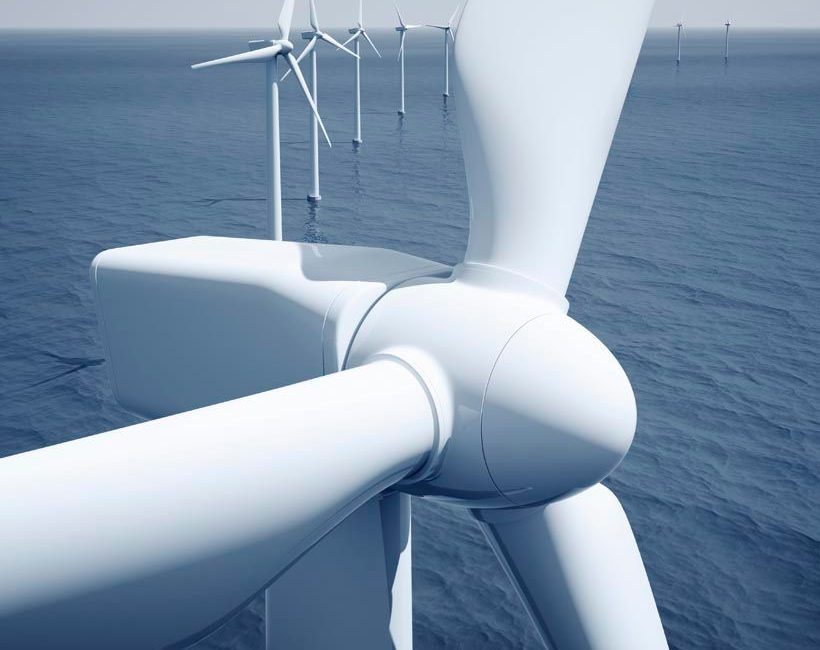Laser Wind Mapping Gives Green Boost to Wind Turbine Industry Laser technology from NKT Photonics makes wind energy even greener. A global reduction of 40 million tons CO₂ is achievable by 2025. First successful integration of LIDAR system in the spinner of a turbine complete in Denmark.
Copenhagen, 21 st December 2009 – 40 million tons less CO2 or the same as a reduction of 8 million cars worldwide. That is the expected climate gain of laser wind mapping technology if it is integrated in every tenth wind turbine worldwide in 2025. Laser wind mapping measures the wind speed in front of the turbine by using a wind LIDAR (Light Detection and Ranging). This enables proactive adjustment of turbine orientation and the pitch and rotation speed of the wings, which improves the turbine efficiency with up to five pct. Such an increase in efficiency will benefit the climate significantly and boost the wind turbine industry.
The first ever successful test of a wind LIDAR integrated into the spinner of a turbine has been conducted in Denmark by the Technical University of Denmark/RISØ. This leads to the final test stage, where the anticipated economic and climate gains of proactive turbine control will be documented. These tests will be carried out by a consortium consisting of the Technical University of Denmark/RISØ, NKT Photonics and LM Glasfiber A/S, the largest independent vendor of blades for wind turbines in the world.
“We have delivered lasers for ground based LIDAR systems since 2004, and throughout the process we have had turbine integration of the LIDAR’s as an end goal,” said Jakob Dahlgren Skov, CEO NKT Photonics A/S. “This project will enable us to convince the last sceptics that turbine integrated LIDAR’s not only are an attractive investment but offers the possibility to completely change the nature of wind turbine control.”
A spinner integrated LIDAR is not only expected to increase efficiency in wind turbines. Another advantage is that the technology can contribute to a longer lifetime for wind turbines and less breakdowns due to exhausted transmissions etc.
”Our results so far show that the LIDAR can detect wind gusts and strong wind shears before they reach the rotor planes,” said Torben Mikkelsen, professor of Technical University of Denmark/RISØ. “In the next test stage we aim to document that the technology can contribute to an increase in efficiency and lifetime for wind turbines.”
The final test stage will commence in 2010 and is expected to last 2-3 years. The project is supported by the Danish National Advanced Technology Foundation.
Contact: Jakob Dahlgren Skov, CEO, NKT Photonics, tlf.: +45 43 48 39 10
Torben Mikkelsen, Professor, RISØ DTU, tlf.: +45 46 77 50 09
Further information about the first successful test of a LIDAR integrated in a wind turbine spinner: www.risoe.dtu.dk/en/Research/sustainable_energy/wind_energy/projects/VEA_wind_scanner/Experiment/tjae reborg.aspx
Read more about NKT Photonics A/S: www.nktphotonics.com


